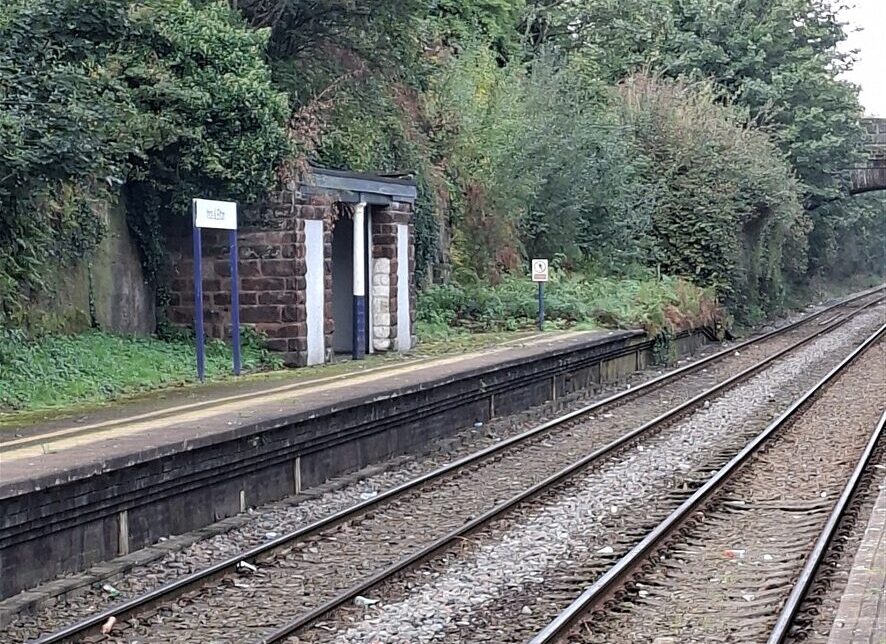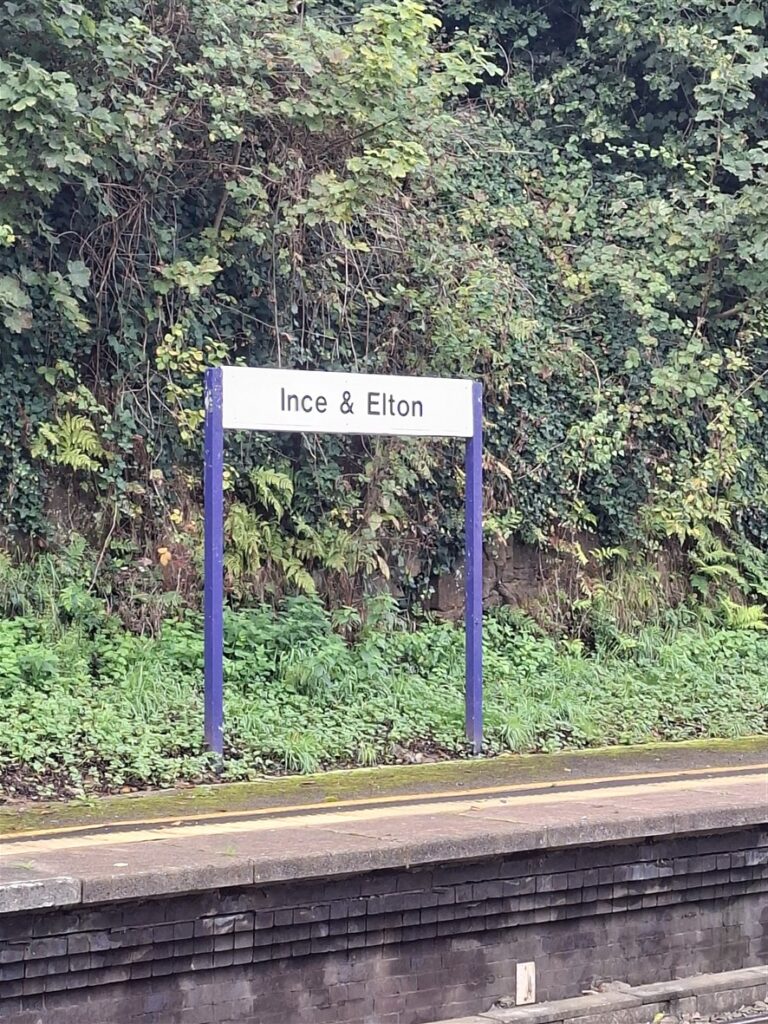Ghost Stations Stir as Merseyrail Revival Gains Steam

Written by Harry Turnbull
Two of Britain’s loneliest railway stations — Stanlow and Ince & Elton — may finally be roused from their ghostly slumber. Long marooned by a threadbare timetable and dwindling services, these forgotten platforms near the Essar refinery could soon be part of a historic rail loop reconnecting north Cheshire to Liverpool and the Wirral.
A revived plan to extend Merseyrail services from Ellesmere Port through Helsby, Daresbury and on to Warrington Bank Quay has breathed new life into the region’s transport hopes. The North Cheshire Rail Users Group (NCRUG), backed by local councillors and campaigners, is pushing for a joined-up corridor that would transform the skeleton service into a viable metro-style network.
And make no mistake — the problem has never been lack of demand. It’s lack of trains.

Believe me, plenty of people would jump at the chance to board a train to Ellesmere Port one way or Warrington the other. But with just three token services a day — run by Northern to meet legal obligations — and buses stopping around 7pm, public transport here is more ghostly than public.
Mark Warren of NCRUG calls the plan “completing the circle,” linking Cheshire towns back into Liverpool and the Wirral. “It would create a true loop around the Mersey estuary,” he said.
The project, once rejected for government funding despite meeting minimum criteria, now has fresh momentum. The arrival of battery-powered Class 777 trains — able to run without third rail electrification — has removed a major technical barrier. Consultancy firm AECOM has been appointed to develop the business case, and Liverpool City Region Mayor Steve Rotheram has pledged support for three new stations, including one at Daresbury.
Cheshire West Reform councillor Graham Heatley, a long-time advocate, says the new technology is a “game changer”: “This is no longer just a wish list — it’s practical.”
For residents near Stanlow and Ince & Elton, it’s a long-awaited glimmer of hope. These stations, once labelled among the most deserted in Britain, could finally serve the communities that have waited — and walked — for far too long.
Image credits: Harry Turnbull


